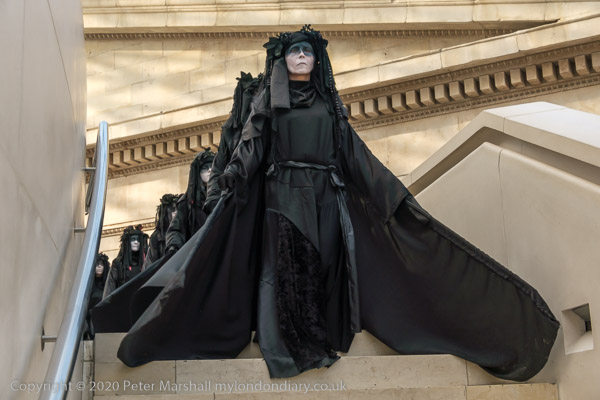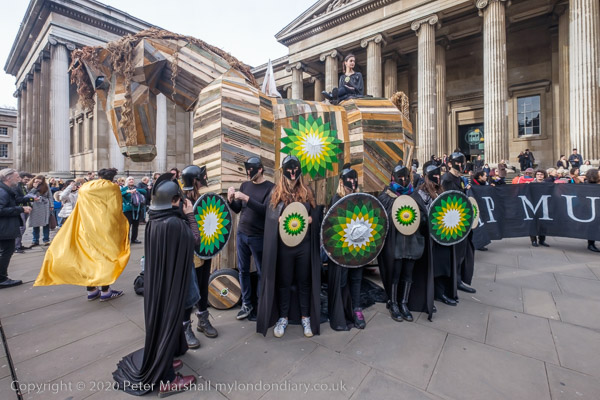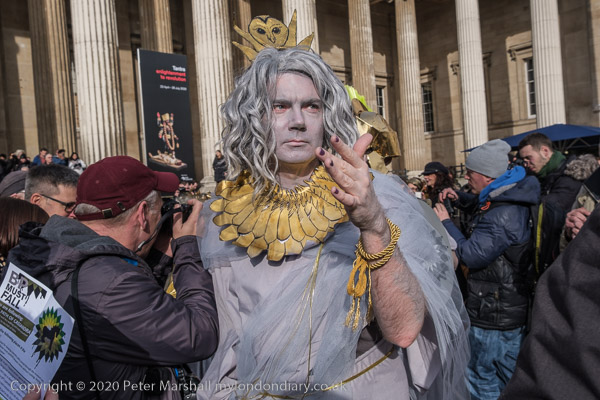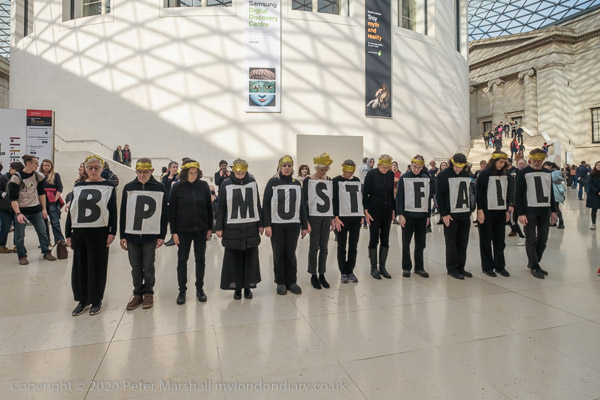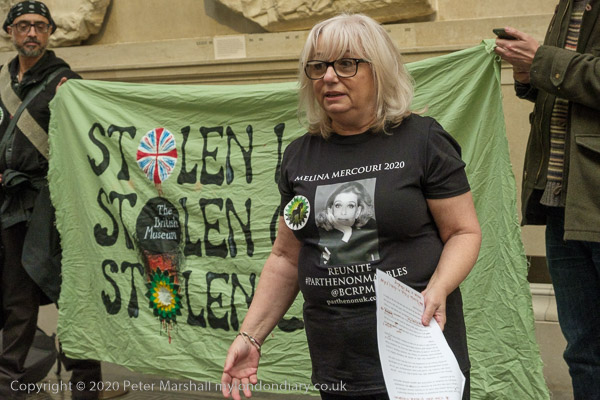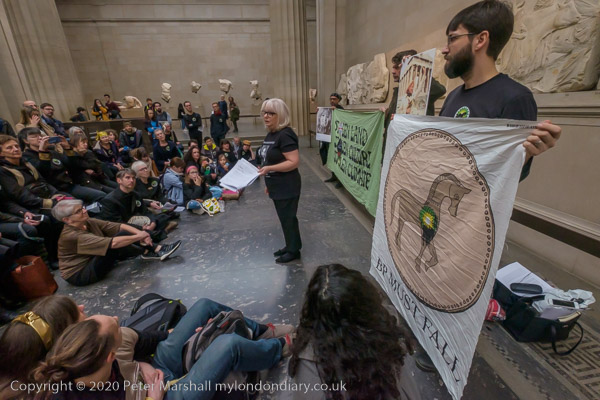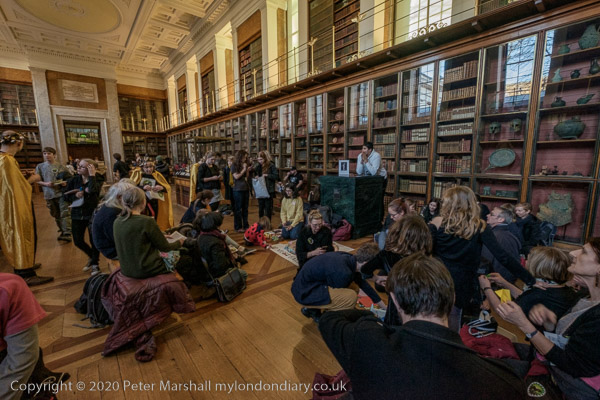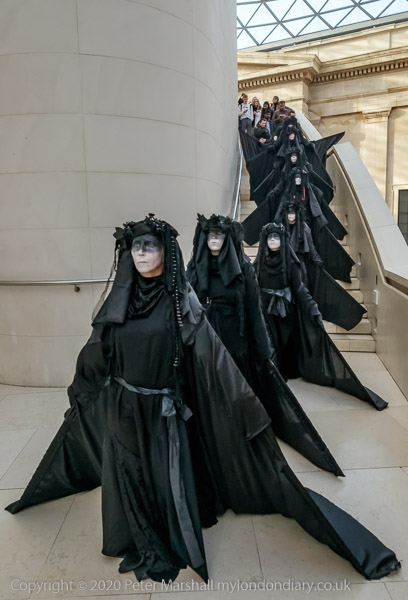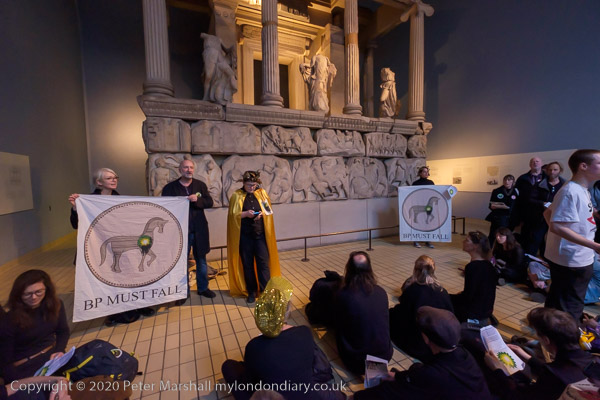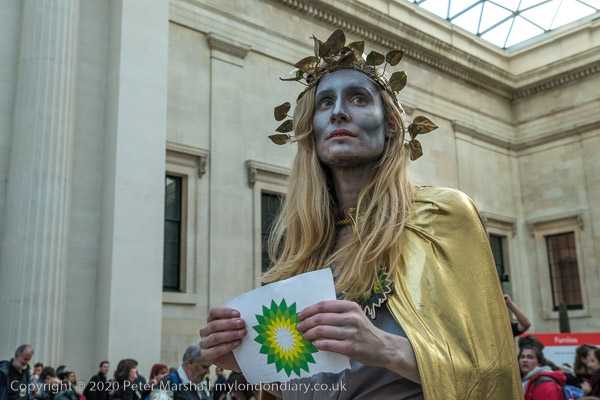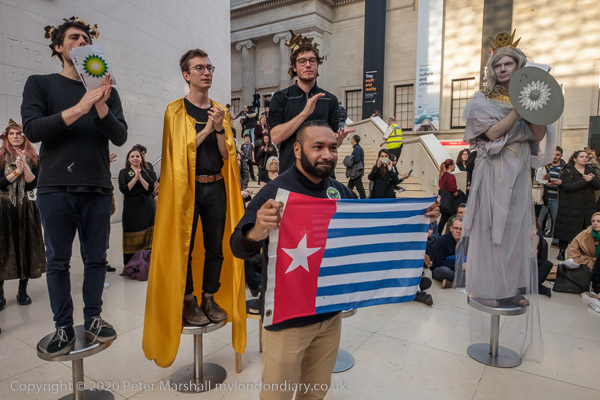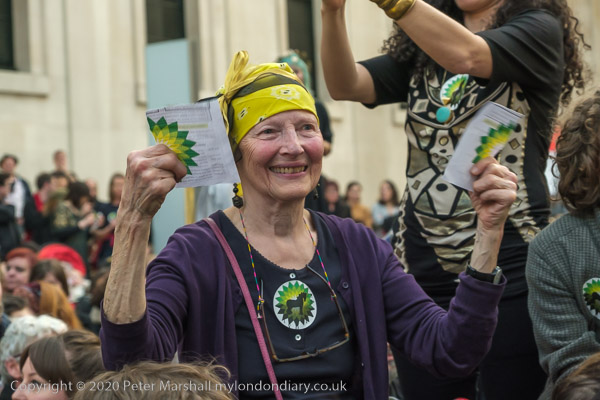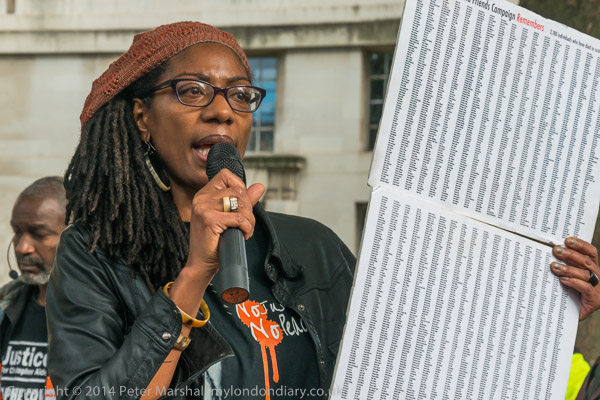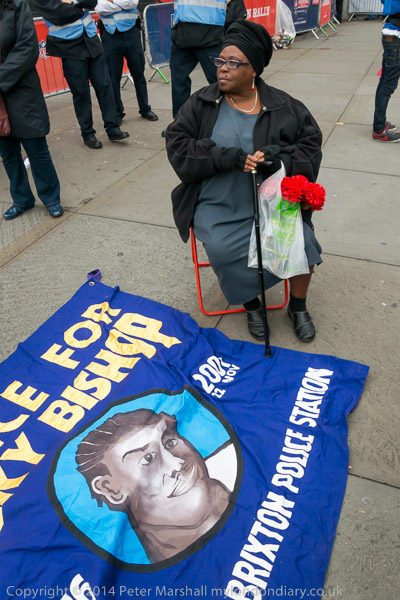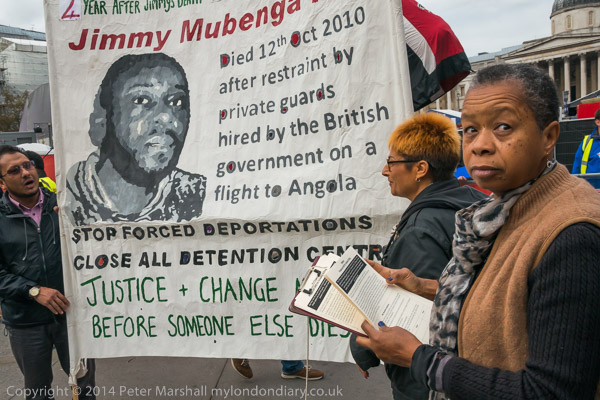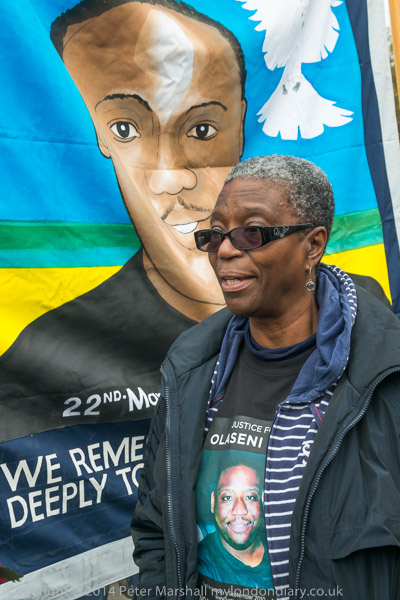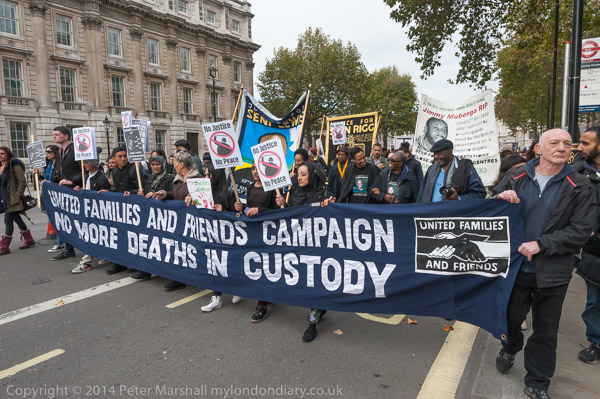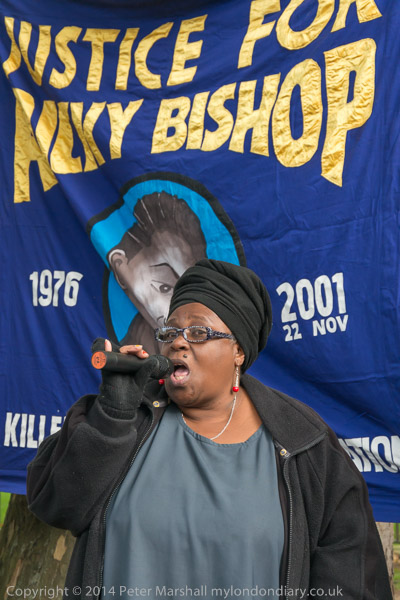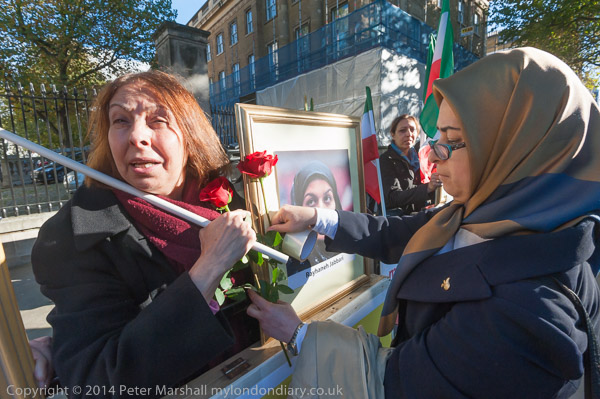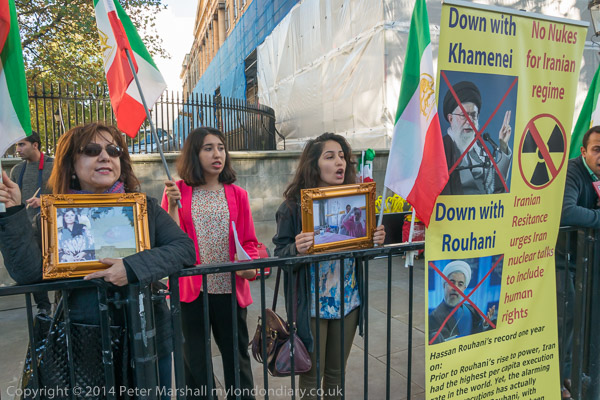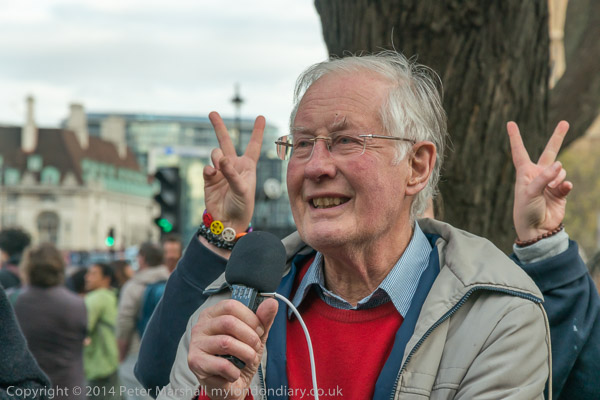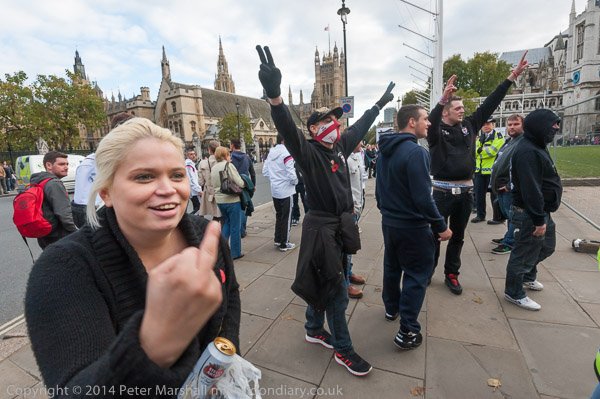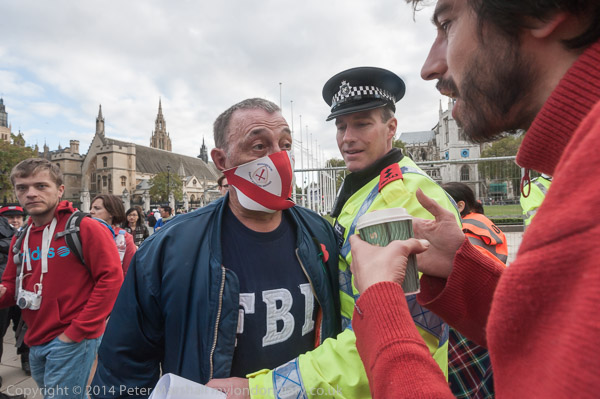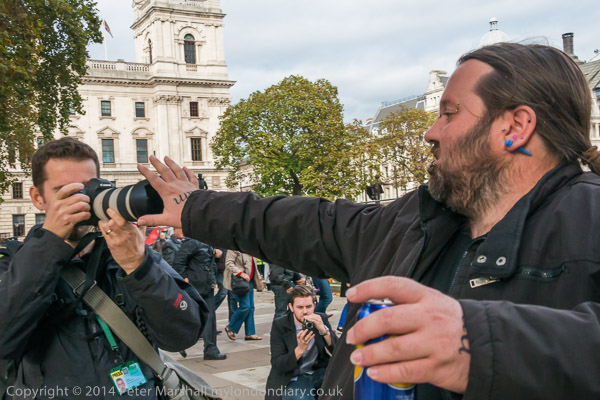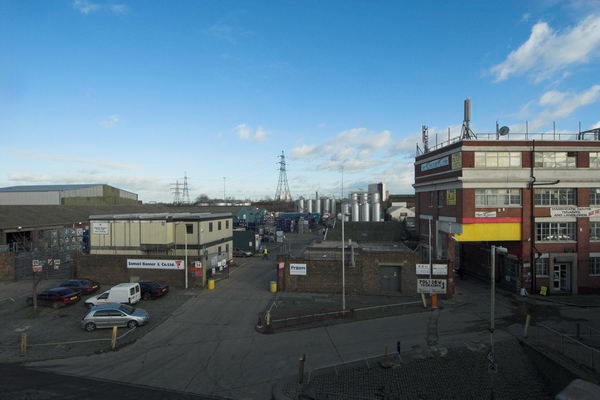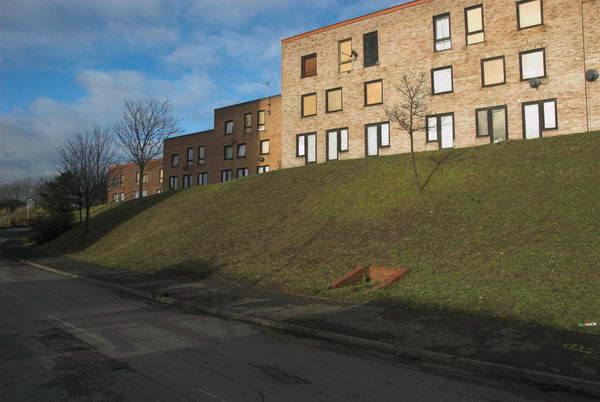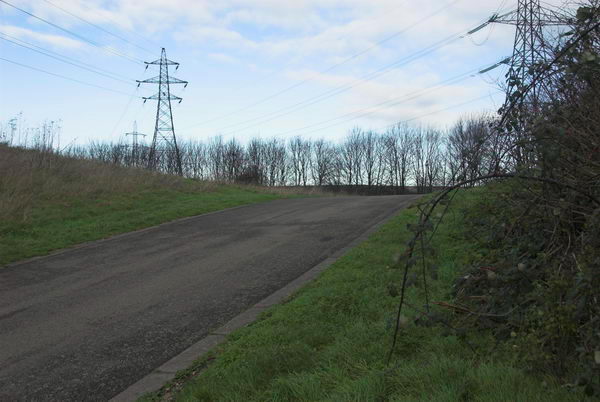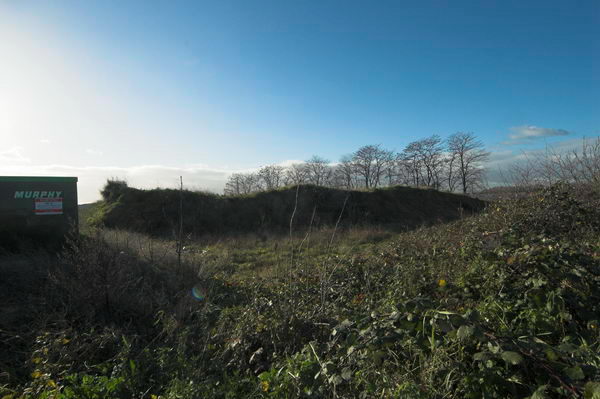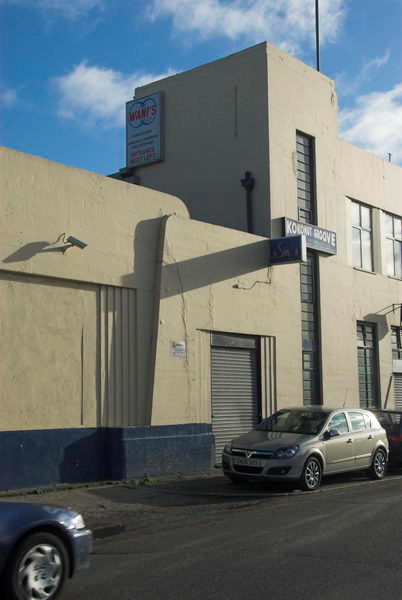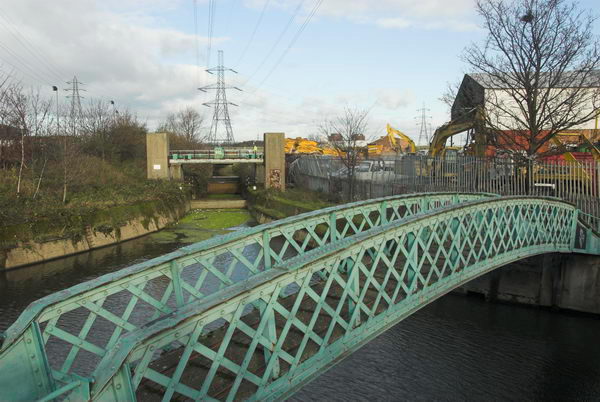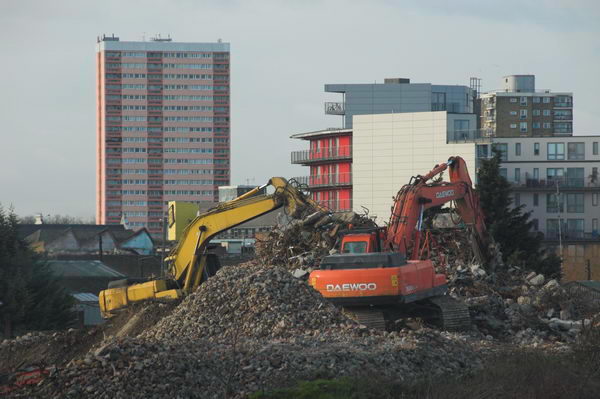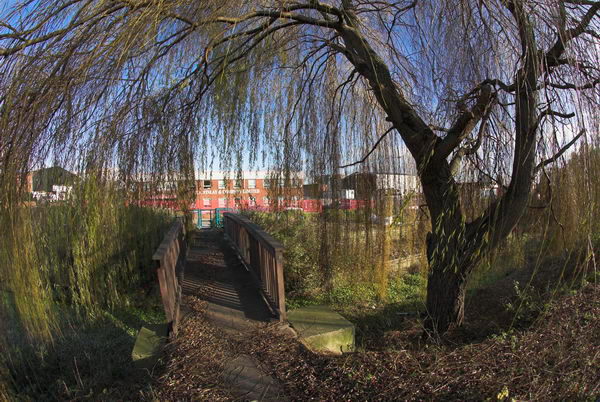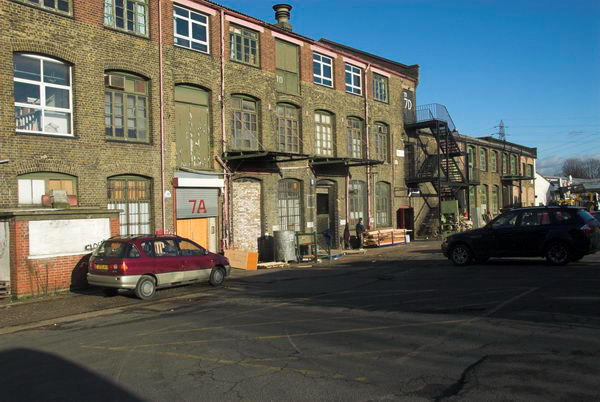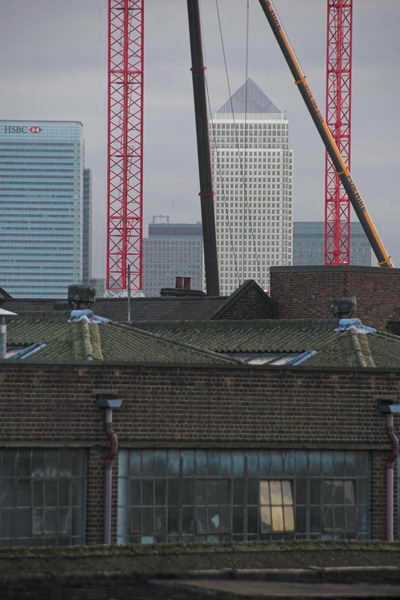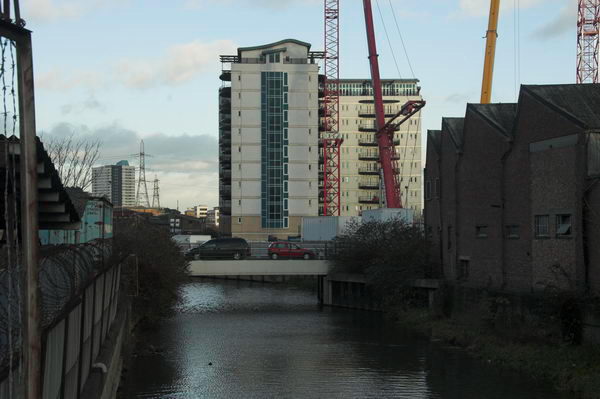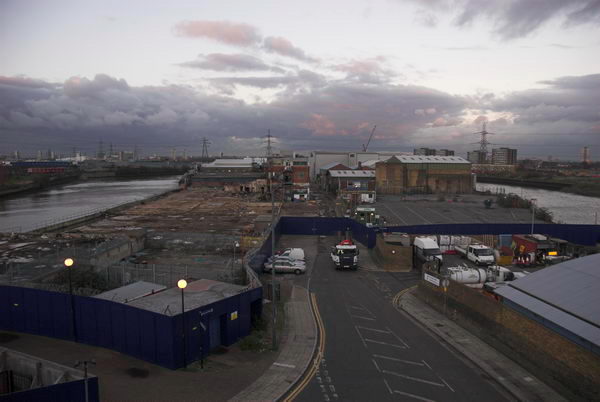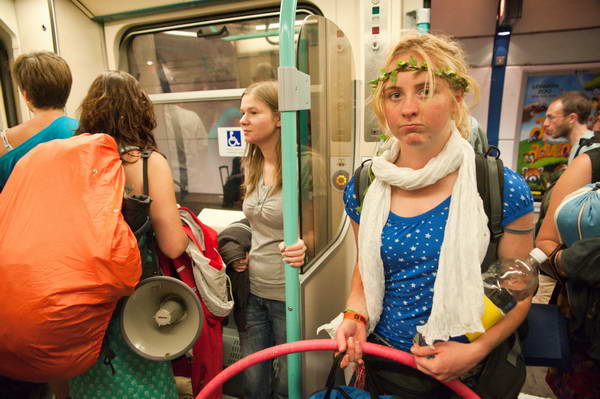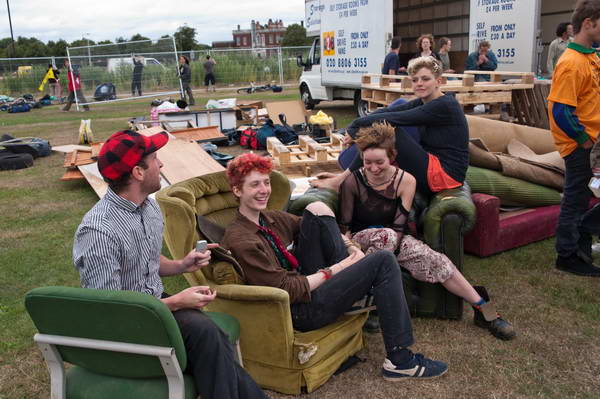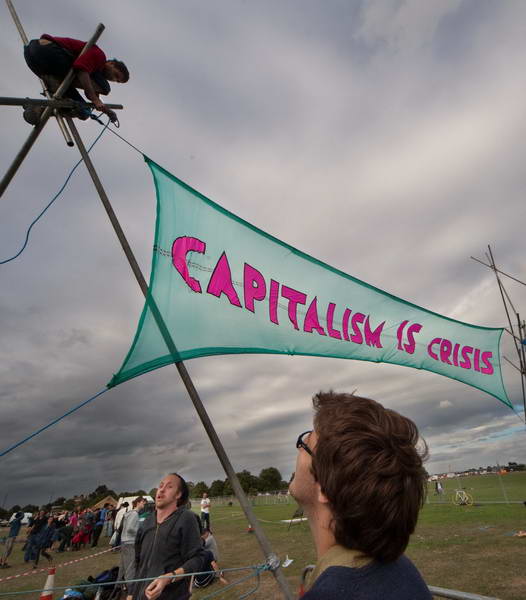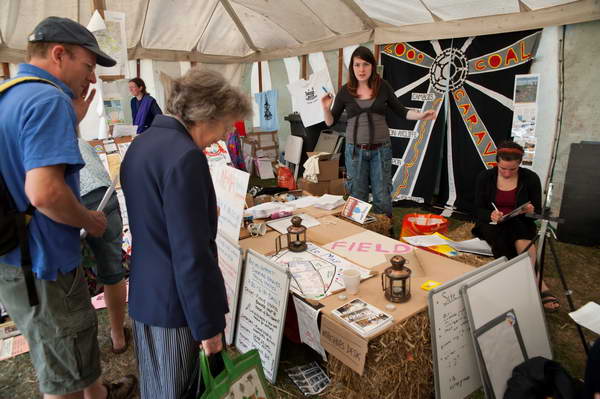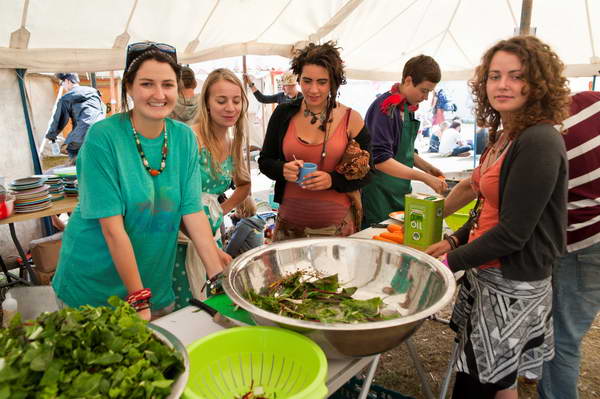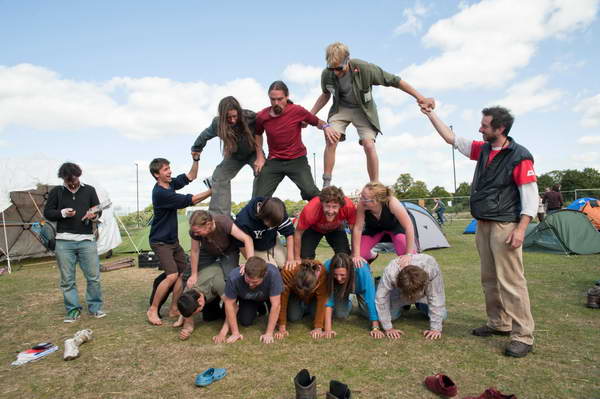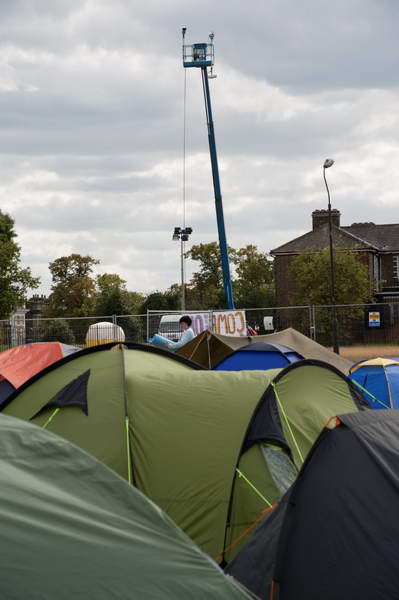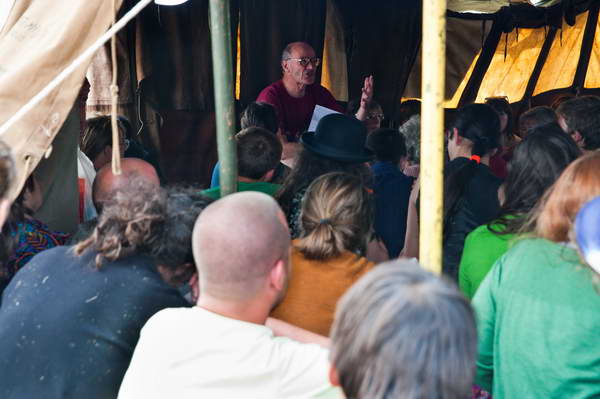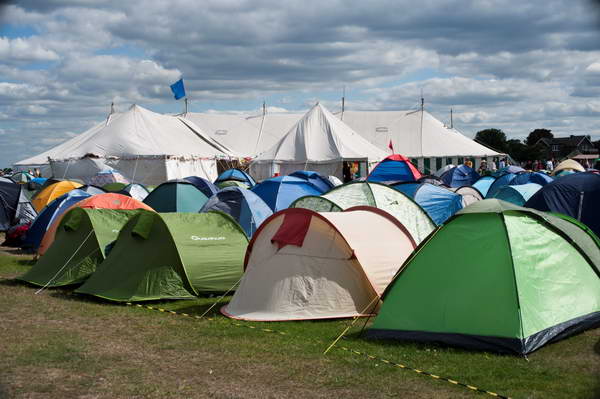DPAC Court Vigil, a Poet Arrested, Musical Poor Doors & More: Wednesday 22nd October 2014, ten years ago today was a busy day for me. You can read my full accounts of the various events I photographed on the links to My London Diary, along with many more pictures, but here I’ve only space for a short outline. Below is my day more or less in order.
DPAC High Court Vigil for ILF – Royal Courts of Justice,
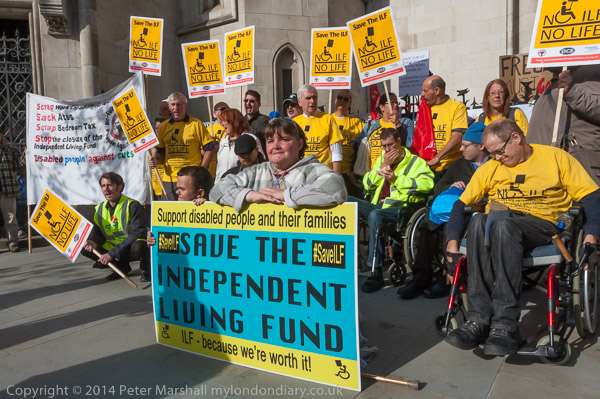
When disabled people won a court case over withdrawal of the Independent Living Fund the government simply put back the closure of the fund. Today’s protest by Disabled People Against Cuts (DPAC) supported a second case against the closure. Speakers at the vigil included three MPs, John McDonnell, Andy Slaughter and Jeremy Corbyn, as well as many from various disability groups.
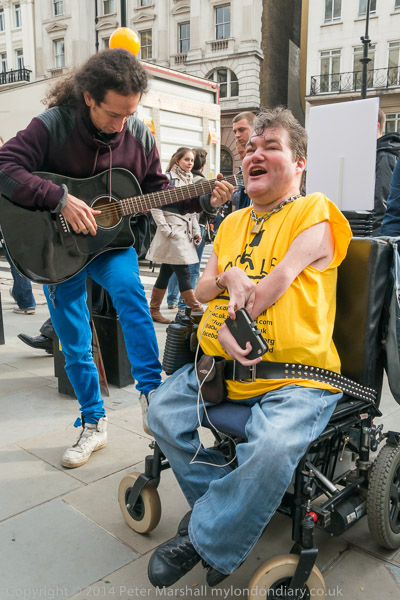
At the end of the protest, DPAC carried out their usual direct action, blocking Strand outside the court with their wheelchairs.
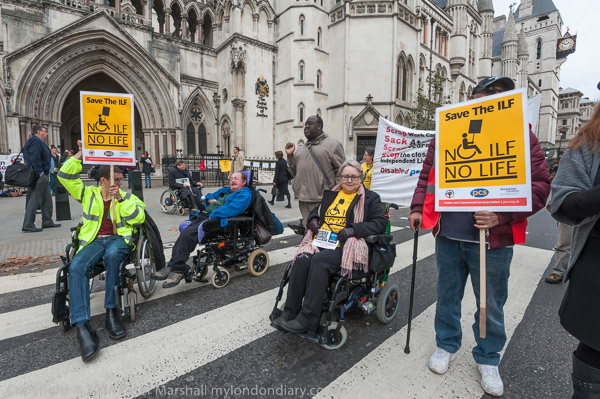
More at DPAC High Court Vigil for ILF.
End UK shame over Shaker Aamer – Parliament Square, London

Protesters were continuing their regular vigils opposite Parliament for Shaker Aamer, imprisoned and tortured for over 12 years and cleared for release in 2007. They believe he was still being held because his testimony would embarrass MI6 as well as the US.
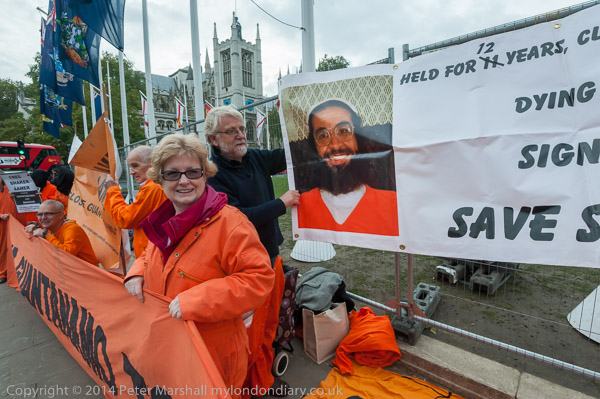
End UK shame over Shaker Aamer.
Westminster Tube Station & Canary Wharf
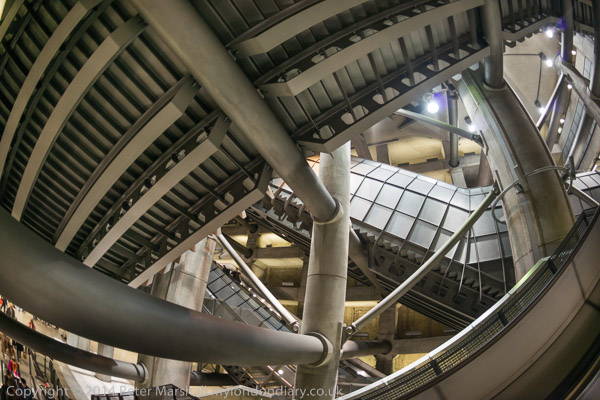
I took the tube from Westminster to Canary Wharf to visit the Bridges exhibition at the Museum of London Docklands, later returning to Westminster. I paused in Westminster Station to take some panoramic images of the interior, designed as Piranesian, though sometimes I get more of the feeling of Escher as you seem to walk endlessly up escalators and around the interior.
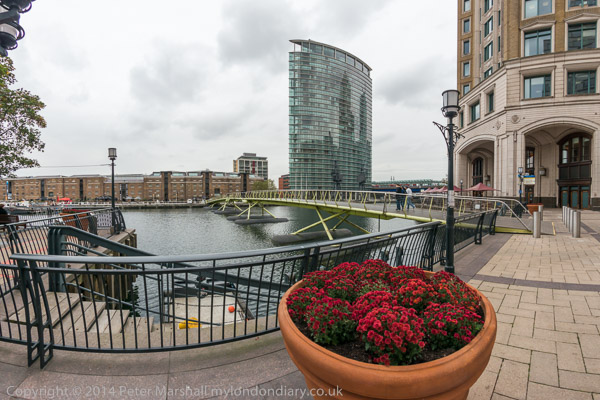
I found the show a little disappointing, but took advantage of my visit there to take a few more panoramic images.
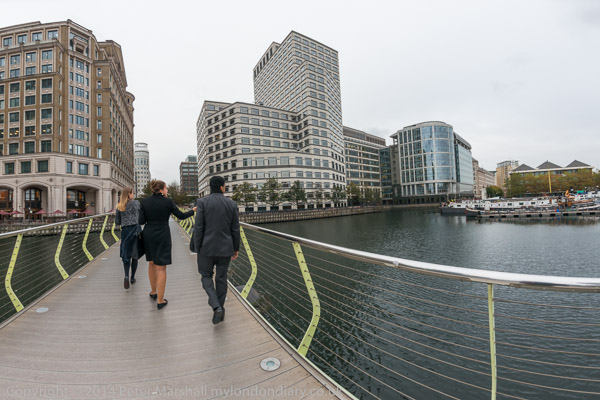
A few more pictures,
Democracy Camp – Plinth Guy & Poet Arrested – Parliament Square

I made a couple of visits to the Democracy Camp in Parliament Square both before and after going to Canary Wharf. Although the camp had been ejected from the main grass area workshops and rallies were still taking place throughout the day, and Danny, the ‘Plinth Guy‘ was still up there with Churchill since the previous day – and there were cheers when he completed 24 hours.

Earlier someone had been arrested for throwing him a bottle of water, and when performance poet and activist Martin Powell arrived with a plastic tub of food he was warned he would be arrested if he tried to give it to Danny.

He replied it could not possibly be a crime to feed a hungry person and threw it extremely accurately over police heads and into Danny’s waiting hands. Arrested and marched away he loudly recited his poem ‘The Missing Peace’.
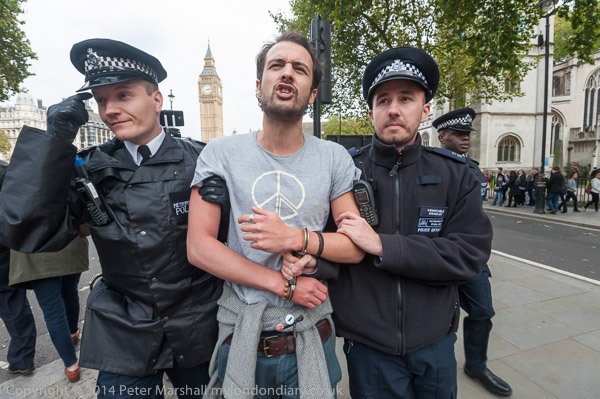
Danny was still in place when I returned at 5pm but the police had called in their climbing team. I listened while its leader talked with him, and Danny told him he would not resist arrest if they came to take him down peacefully. But I had to leave before they started to do so.
Democracy Camp – Poet Arrested
Musical Poor Doors – One Commercial St
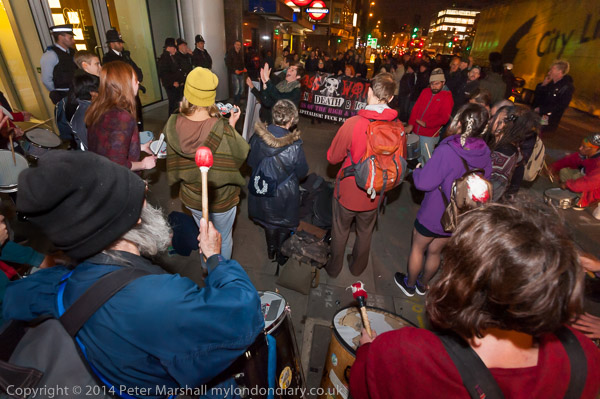
This was Class War’s 14th weekly protest at the ‘rich door’ of Redrow’s One Commercial St flats and it was a lively affair with the banners dancing to the music of Rhythms of Resistance, a poetic performance and some rousing speeches against social apartheid.
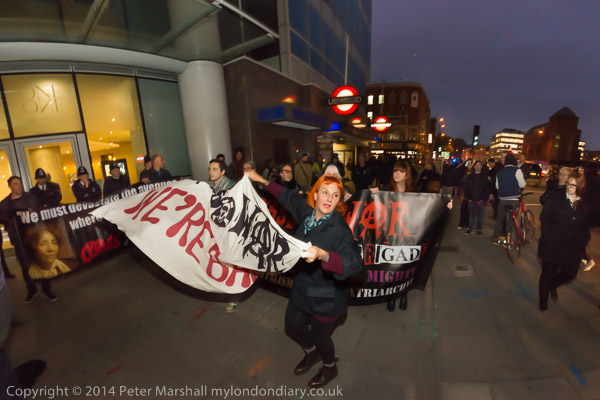
There ws strong police presence but there was no trouble, with a carnival atmosphere and banners dancing up and down the wide pavement in front of the rich door. Most of the police appeared to be enjoying the event too.
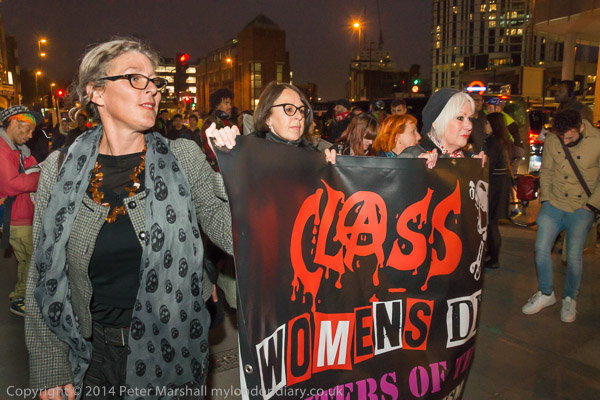
As usual after an hour of protesting people dispersed and I went into Aldgate East station to begin my journey home.
More at Musical Poor Doors.
Flickr – Facebook – My London Diary – Hull Photos – Lea Valley – Paris
London’s Industrial Heritage – London Photos
All photographs on this page are copyright © Peter Marshall.
Contact me to buy prints or licence to reproduce.
